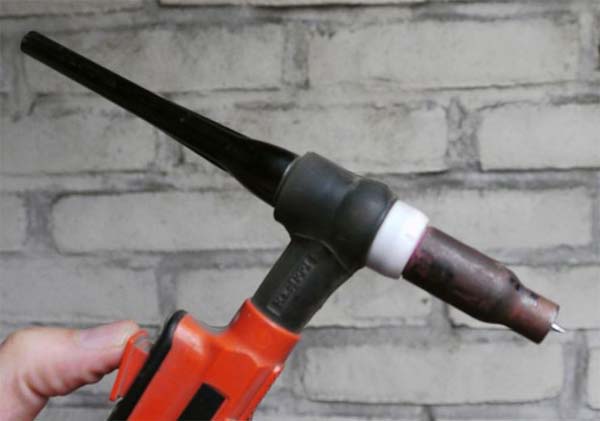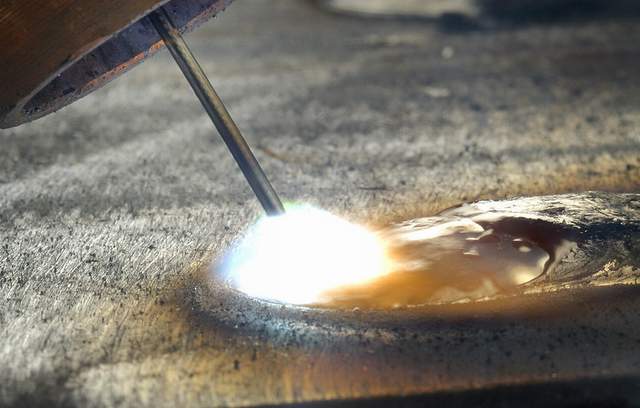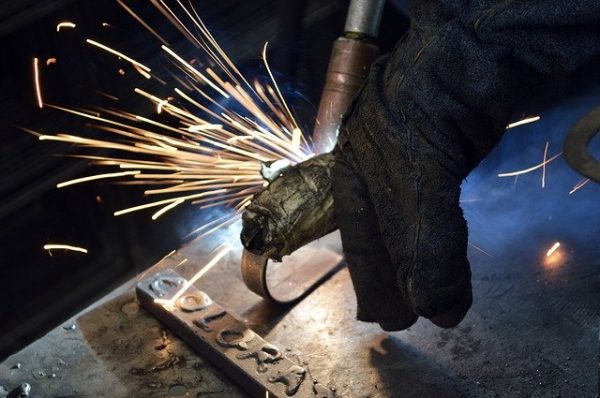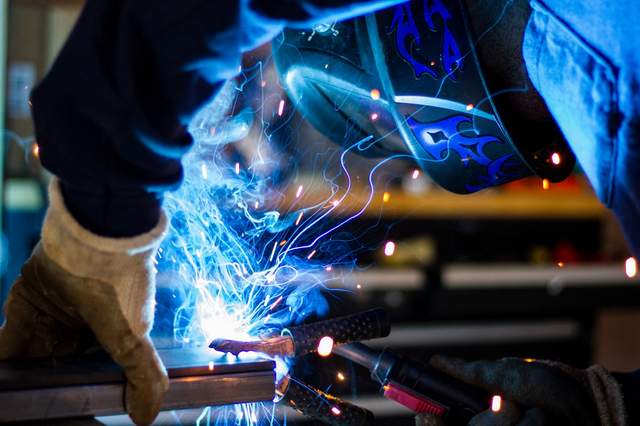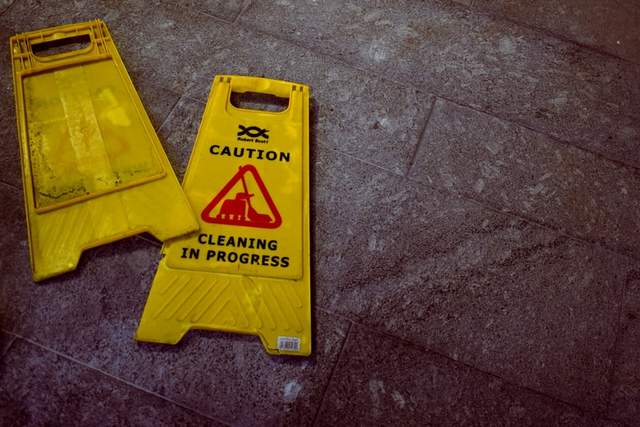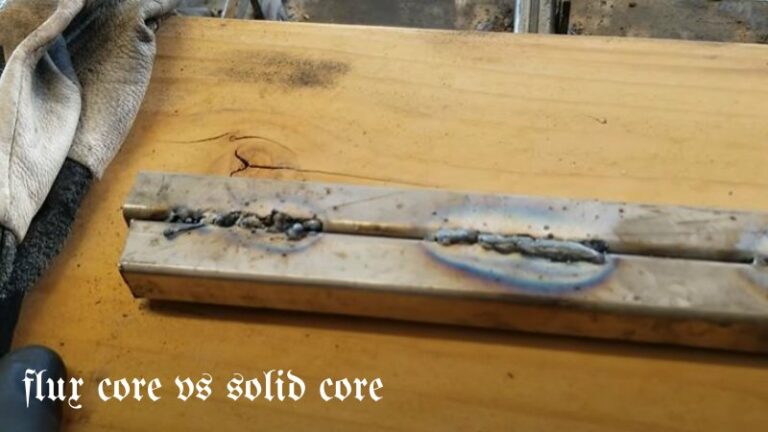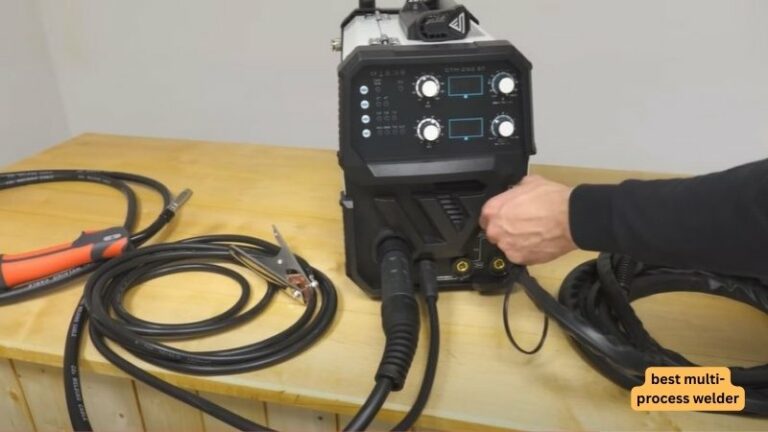How to set up your TIG torch
TIG torches come in a variety of different styles and functions. One such variable is if the TIG torch has a power adjustment of some sort on the handle or if it is just a straight torch. Having an adjustment available on the torch in the way of a button or a dial means that the power can be adjusted during the weld.
If the welder believes the weld is getting too hot, it is easy for them to slightly lower the power by way of the button or dial and continue welding. Torches that do not have a control module on the torch itself are usually running on the preset power dialed on the machine, however, another variation is using a variable resistor foot pedal.
When fitted with a foot pedal, the power is controlled by the foot leaving the torch bare and giving greater control in both power setting and torch dexterity. Some torches are air-cooled
but for higher amperage welding a water-cooled torch is recommended.
Materials
The components within TIG torch are made from brass or copper, chosen because of their ability to conduct electricity very well and their excellent resistance to heat. The outer casing of the and the end cap are made from heat resistant plastic. The TIG shroud is often made from ceramic although some variations exist made out of pyrex.
No products found.
Parts of the TIG Torch
- Torch
- Collet
- Collet Body
- Shroud
- End cap
The Collet body screws into the body of torch and transfers gas flow from the torch lead into the head of the torch. It also provides a guide for the electrode and therefore they are available in many different sizes corresponding to the electrode size.
The collet is held within the collet body and is what secures the electrode in the torch. The end cap covers the remaining electrode and when screwed into the body tightens the collet within the collet body therefore clamping the electrode in place. The Shroud is what directs and disperses the gas to the weld area protecting it from the atmosphere.
Selecting the Shroud size
Once you have selected the correct size electrode and matching collet and collet body you need to decide on which size shroud to use. There is no hard rules for this and you will find your own preferences over time.
Generally speaking a number 7 shroud is a good starting point for general mild steel welding. When welding aluminum a bigger shroud is often used and when welding fillets a smaller shroud is often preferred.
There are various adaptions to the basic TIG torch set up and this will be covered in more detail elsewhere on the site, but this should give you enough information to set up the torch ready for welding.
